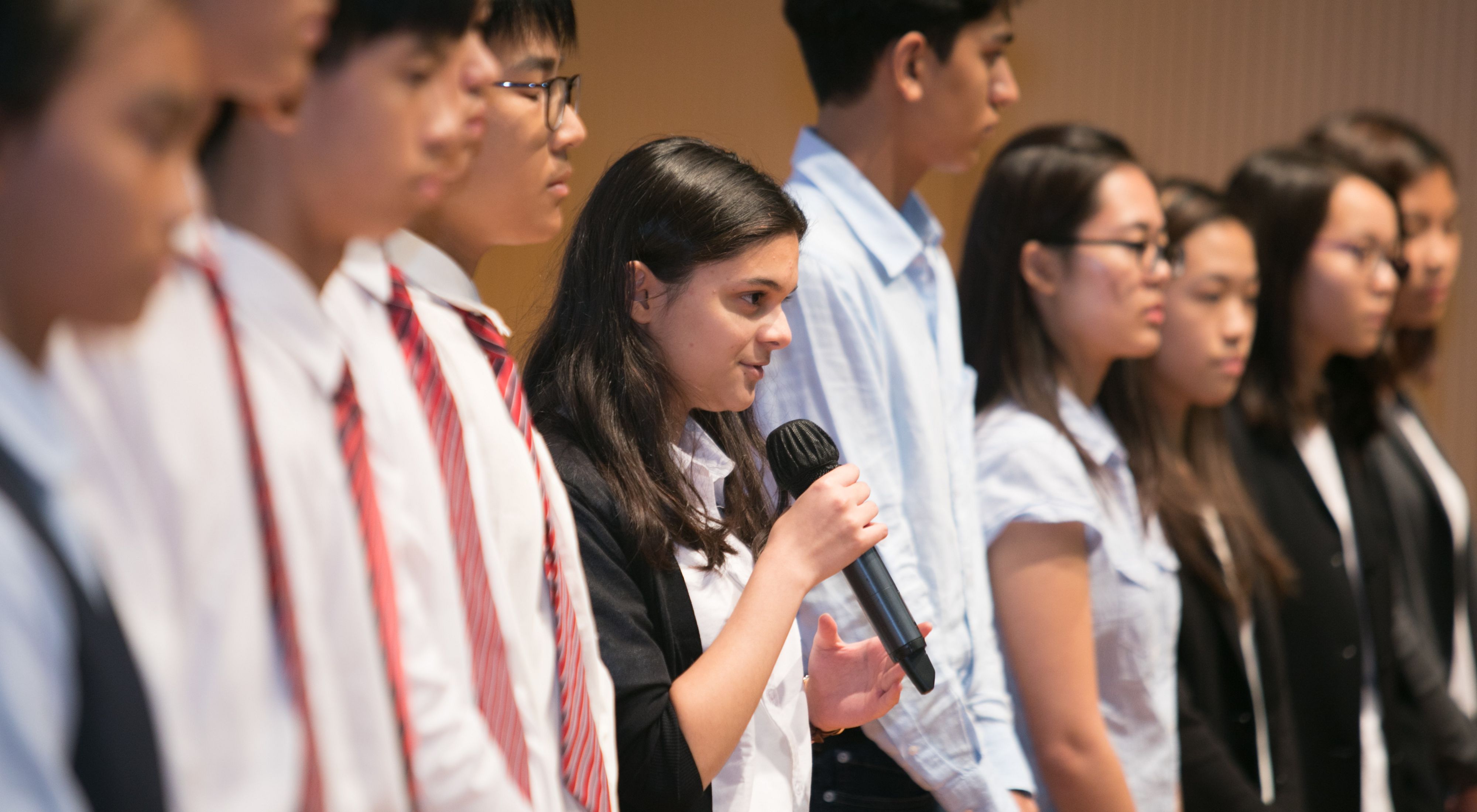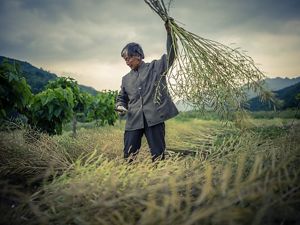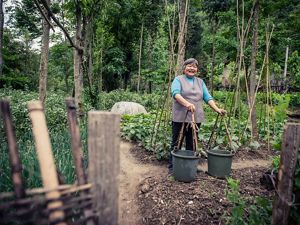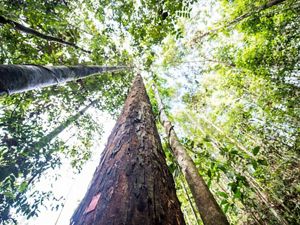In 2018, a total of 67 students participated in NWHK 2018 from 15 schools in China and Hong Kong. Student teams ran their pilot projects to improve the sustainability of their school in four topic areas – energy, indoor air quality, biodiversity and waste. In total, we have directly impacted 420 students from 80 schools across Hong Kong and China and helped launch 50 student-led projects.
The 2018 program included four distinct stages:
- Investigation and baseline development
- Core training
- Project development and advisory
- Project execution
The top four groups that received most votes from the judges and guests turned out to be:
Shatin College – Food Waste
Their goal was to reduce by 20% the amount of food waste from Shatin College that ends up going to the landfill, and in the three weeks of the pilot project phase, they collect over 100kg of food waste.
Island School – Food Waste
The team introduced new food waste bins on campus to collect food waste to convert it into compost. The team collected more than 28kgs of food waste to be composted.

Renaissance College – Indoor Air Quality
The team hopes to see Hong Kong transform into a leader in sustainability, where clean and safe air is in abundance. The students identified four rooms in their school with the worst PM 2.5 level. They placed four different air-purifying plants in the rooms to improve indoor air quality.
Shenzhen Yantian Foreign Languages School – Biodiversity
The students took field trips to wetlands near their school collect data on local biodiversity and then created informative leaflets that were distributed to their peers and presented in classrooms to introduce what biodiversity is and why it is important to local environments. The team also created QR codes around campus for students to scan and learn more about the species found around the school. In addition, the team made a school green map model using 3D printing technology to showcase the species that can be found.




